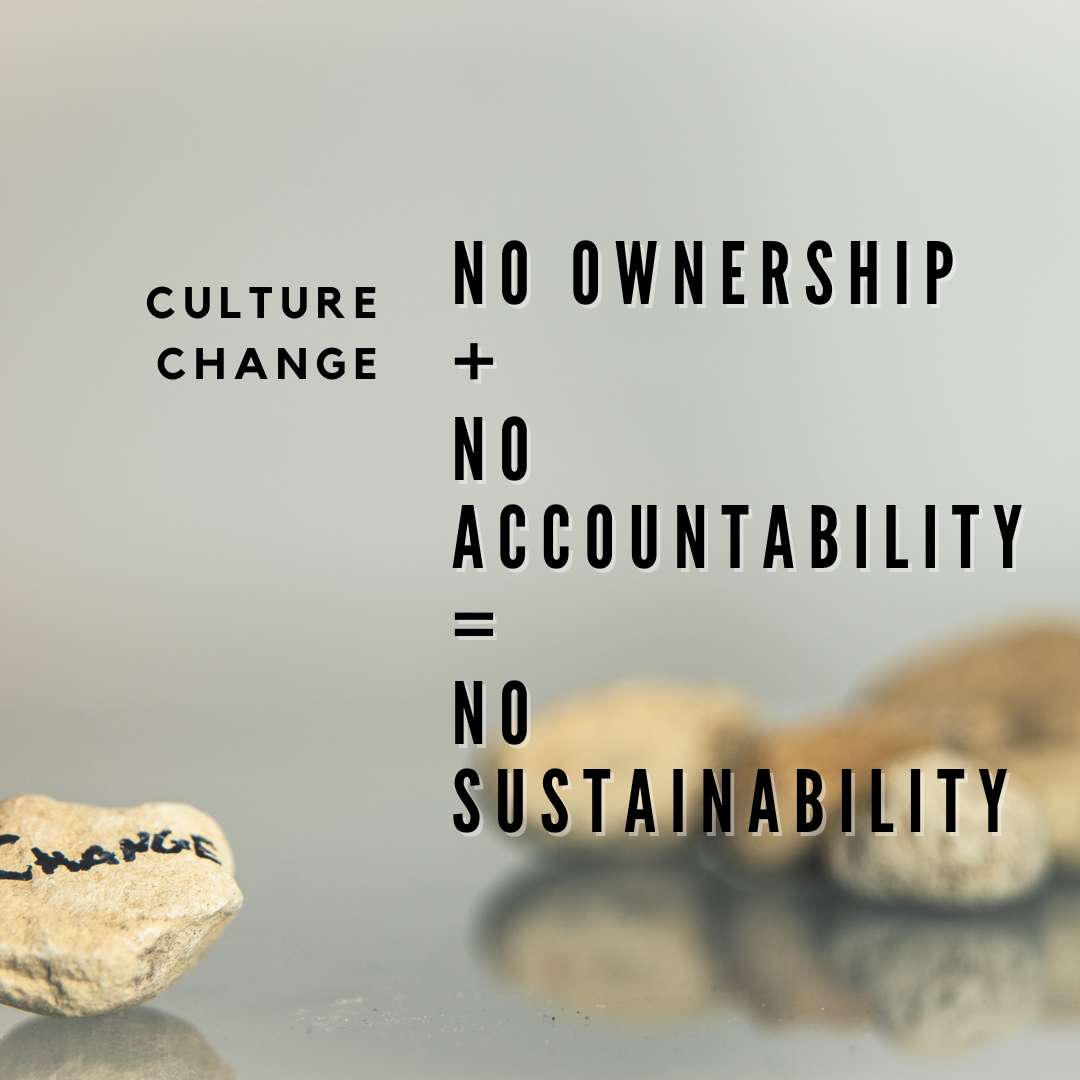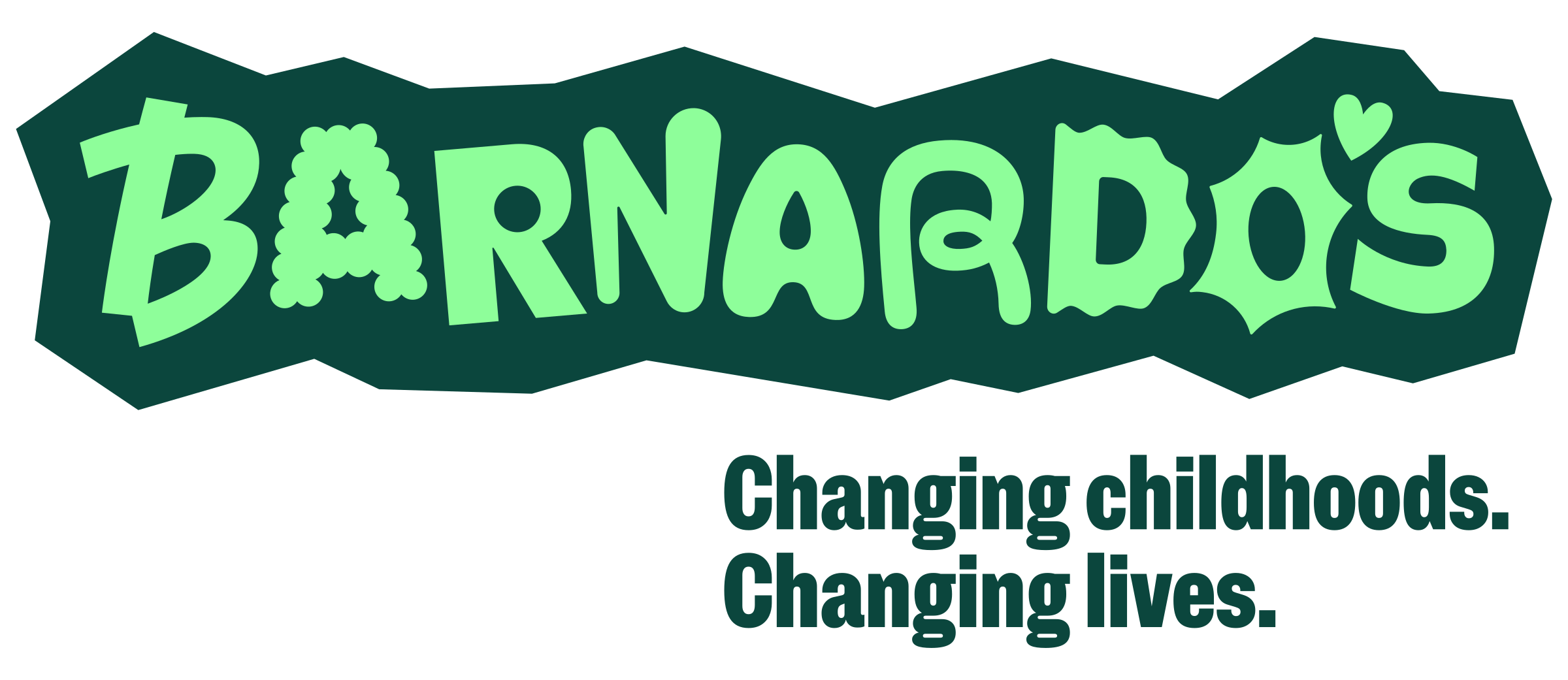
I recently did a service walkthrough exercise, where we unpacked some of the ways in which the physical environment and associated procedures could impact a person's ability to thrive (both staff and members of the public using the space). It is one of my favourite things to do! I get to sit in the space (sometimes on the floor!), and help people to think about how they feel in each area, how each space might be interpreted by others, how we ensure accessibility, safety and how each space enables people to thrive and not to fall.
There can be a million and one recommendations that come out of those precious times of environmental analysis, but not a single one is worth anything if there is no ownership or accountability.
People need to be part of constructing the space. They need to know it is theirs and why each area is important. They need to know that they belong there and contribute to the conversation on how they feel valued and seen. Then there needs to be an allocation of staff and time resources to care for a space.
I can put a simple box of tissues down, but if they are empty for months before anyone replaces them, what is the point? If there is a check-in box where people can say that they need support, but no one checks it, we cause further distress.
These organisational journeys need each of us to play a part, with decision makers understanding the impact of the resources that they allocate and staff and public understanding that their experiences and voices matter.
Ownership and accountability can lead to sustainable spaces and practices, and that is when a walkthrough is worth it!
Lucy Cavell | Senior Trauma Informed Practitioner
There can be a million and one recommendations that come out of those precious times of environmental analysis, but not a single one is worth anything if there is no ownership or accountability.
People need to be part of constructing the space. They need to know it is theirs and why each area is important. They need to know that they belong there and contribute to the conversation on how they feel valued and seen. Then there needs to be an allocation of staff and time resources to care for a space.
I can put a simple box of tissues down, but if they are empty for months before anyone replaces them, what is the point? If there is a check-in box where people can say that they need support, but no one checks it, we cause further distress.
These organisational journeys need each of us to play a part, with decision makers understanding the impact of the resources that they allocate and staff and public understanding that their experiences and voices matter.
Ownership and accountability can lead to sustainable spaces and practices, and that is when a walkthrough is worth it!
Lucy Cavell | Senior Trauma Informed Practitioner

